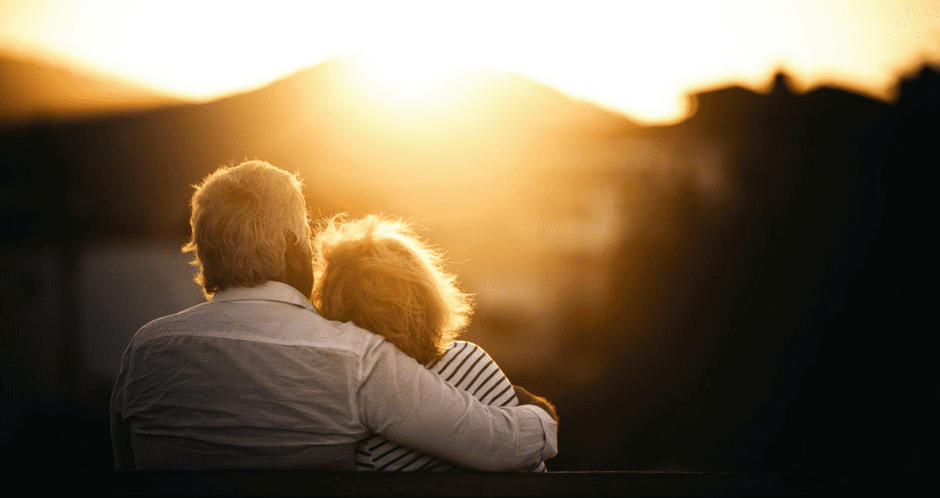
Sundown syndrome, or sundowning, is the common term used to describe the challenging situation in which symptoms such as agitation, disorientation, pacing and irritability often occur in people with Alzheimer’s or other forms of dementia, around the time of day associated with sundown, when natural light begins to fade.
Episodes of this condition make it extremely difficult for the person to relax and get to sleep at night and causes them to wander around, awake and disoriented. Research has given us some insight into why this phenomenon occurs, stating that damaged portions of the brain can no longer produce sleep-inducing chemicals, resulting in the sundown syndrome.
The reason it was called “sundowning” was that for many years, caregivers saw that people struggled with increased anxiety and agitation later in the day, routinely in the late afternoon and the evening. The medical community were skeptical of whether there was any basis to the phenomenon – it was speculated that patients themselves become fatigued and irritable as the day wears on, or that the caregivers may add to the patient’s anxiety. Pain and soreness, as well as increased blood pressure, can accumulate as the day goes on, adding to the symptoms of sundowning.
For people caring for patients or loved-ones with Alzheimer’s, if this is a concern for the one you care for we hope we can help you better understand what sundowning is and what you can do to help minimise the effects.
According to an article posted on the Alzheimer’s Association, some of the factors that contribute to sundowning, as well as other sleep disorders, are:
For sleep problems in Alzheimer’s and dementia patients, non-drug measures are recommended over medication but it is important to discuss treatment options with the patient’s physician.
Some suggested several natural ways to cope with the problems of sundowning:
In a program initiated at one nursing home, the staff made several adjustments to care when they realised that their residents, as well as staff members, were having a difficult time getting through the day due to sundowning and its effects. They decided that staff members would do all they could to create a comfortable environment.
Some of the changes they implemented were: speaking more quietly, not rushing around as much, taking the television out of the common area used by residents, helping the residents rest either in bed or in comfortable chairs when they looked tired and generally changing the care facility environment from chaotic to quiet. The result of their program was surprising to the staff. They didn’t know that by making “comfort the goal of everything” they would have such a huge positive result. They have not experienced sundowning there in 14 years, all because they changed the environment to suit the people.
5